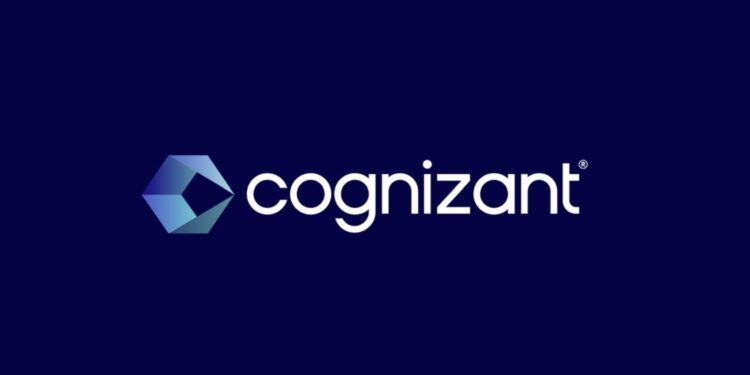Cognizant announced the open-sourcing of its Neuro AI Multi-Agent Collaborative AI platform (Neuro MAA), a key enabler in the creation of more advanced, next generation AI models.
This initiative is designed to enable domain experts, researchers, and developers to quickly prototype and build intelligent agent networks for almost any business applications.
The open-source platform aims to further the adoption of Artificial Intelligence (AI) by promoting cooperation in the design and customization of multi-agent systems.
These infrastructures allow dynamic processing and in-line decisions, taking business automation and intelligence to a new level.
Cognizant’s Neuro AI Multi-Agent Accelerator enables the integration of a variety of agents, tools, and sources of knowledge, including general-purpose Large Language Models (LLMs) and organization-customized systems into an on-demand learning and reasoning engine.
It is also compliant with API interfaces and the Retrieval-Augmented Generation (RAG) framework and can be interfaced with external agents such as Agentforce of Salesforce and Agentspace of Google using its in-built Model Context Protocol (MCP) or standard API calls.
To the enterprise that wants to commercialize the deployment of these agent networks at scale, Cognizant offers a commercial license to its Multi-Agent Services Suite. This suite offers all the services and tools required to effectively run and scale agent networks in real-world scenarios.
The AI agent market is expected to grow at a CAGR of 30.5% from USD 5.1 billion in 2024 to USD 47.1 billion by 2030. Cognizant’s open-source program also casts it as a front-runner in a fast-growing field that creates an opportunity for businesses to use networks of interdependent agents to locate new sources of revenue and create significant business value.
Key features of the Neuro AI Multi-Agent Accelerator:
Smart Opportunity Identification: Where Networks can bring valued- Inspect the potential areas which Agent Networks can propel forward?
Natural language generation of agent networks: Rapid development and adjustment of agent networks using natural language.
Scalable Distributed Operation: Dynapath software will deploy across several servers to work in parallel as well as work across geographies.
Codable Tools: Extension of the agent network with codes anew for real-time data grounding and triggers of human interventions.
Data-Driven Network Definition: Define and update agentic systems through the use of data only configuration files to allow versioning and reusability.
Agent testing ability: Application of the Agent Network Tester to bottleneck detection in the network.
Ensure Integration and Interoperability: Work within existing and third-party systems with ease through straightforward APIs.
AI Cloud Agnostic: Provides the ability to use multiple AI models from different provider without vendor lock-in.
The fact that Cognizant has deployed the technology internally to its 330,000 employees via its 1Cognizant intranet assistant shows not only scalability, but also confidence in the innovation.
Customers such as Telstra are already collaborating with Cognizant to pilot and implement the multi-agent framework, illustrating its real and expanding application in the world.
According to Babak Hodjat, Cognizant’s Chief Technology Officer of AI, “Experimentation is key in the agentic AI era, and open sourcing our Neuro AI Multi-Agent Accelerator makes our leading-edge technology more accessible, giving developers a better foothold and allows decision-makers to prototype systems and witness how they control KPIs.
Meanwhile, Gary Lerhaupt, vice president, product architecture, Salesforce, praised Cognizant’s move, said: “Partnerships like these are vital in empowering our customers to innovate with certainty and modern agents that think, work together and drive value for their businesses.”
This action being taken by Cognizant is a critical step in making complex AI agent network technology available to a broad market, and it will help unlock rapid innovation and digital transformation across numerous se
















